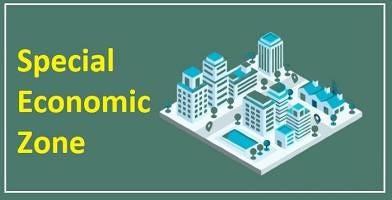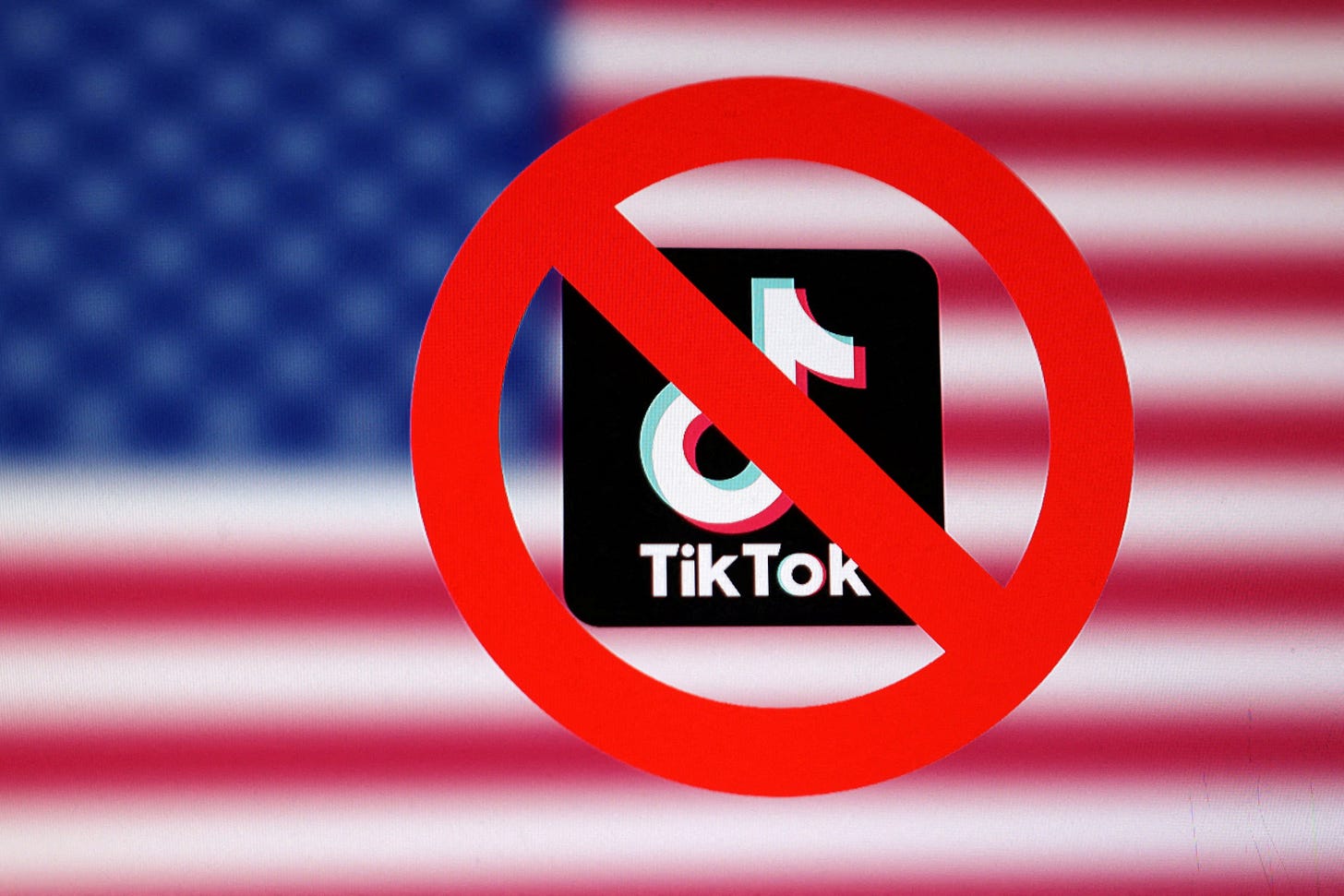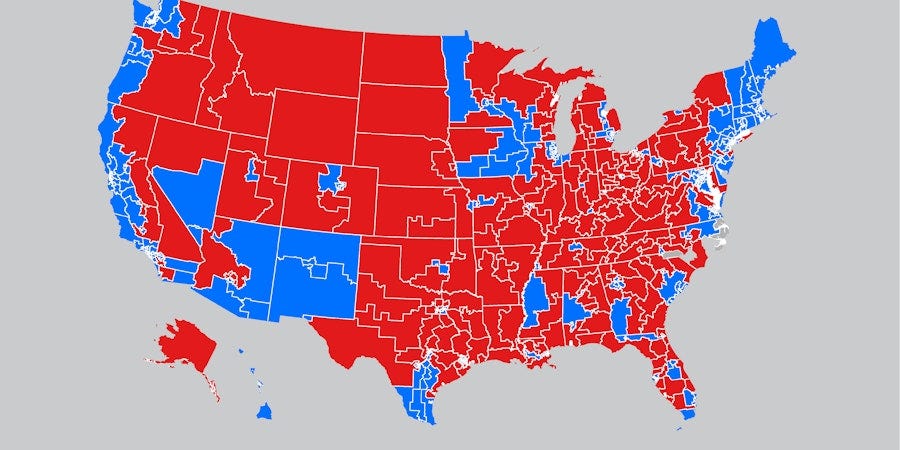What They Buried in America’s Biggest Bill: The 900 Pages No One Read?
AI penalties, privatized cities, and record deficits—here’s what’s really inside.
Here is the breakdown in the One Big Beautiful Bill Act.
I’ve read through all 900+ pages of it so you don’t have to and trust me, it was worth it.
Yes, it’s being sold as a tax cut and an infrastructure boost. But once you get past the talking points, it’s clear this bill is something much bigger:
A blueprint for privatizing huge swaths of public land (why?, trust me this gets good)
A framework for regulating and criminalizing AI (the AI Cold War is real)
The largest single deficit expansion in modern history (this will make sense in the near future)
This bill wasn’t about headlines. It’s about the stuff buried in the fine print—the parts nobody is really talking about yet. It’s a puzzle that needs to be taken apart and the pieces put back together with what we know Trump has in mind with his agenda.
Some of these things are shocking. To be honest, I was quite shocked after reading this. Although with Trump consistently talking about this Big Beautiful Bill, I knew there was something much deeper about what this was about.
🧩Provision #1: Special Economic Zones—Mini Countries Along the Border
Section 204 sets up up to 12 Special Economic Zones, or SEZs.
In Section 204, the language is carefully phrased:
“…establish up to 12 Special Economic Zones in designated Border Development Regions or other federally controlled territories contiguous to international borders.”
Here’s what that actually means:
These areas get their own regulatory regimes.
State and local laws can be overridden.
Private companies can fast-track leases on federal land.
Developers get liability shields for most issues.
Eminent domain can be used to seize adjacent property.
A board appointed by the President will run the entire operation.
If you’ve heard people talk about charter cities, this is exactly that. Except this time, it’s not theoretical—it’s law.
At first glance this is pretty alarming. Although when you dig deeper into it, you begin to see this is not as it appears on the surface but something much greater.
I will be expanding on this and what I believe it actually is about in another full blog post.
🧩Provision #2: Criminal Penalties for Unregistered AI
Sections 501–502 create a federal registry for all AI models over 1 billion parameters.
Parameters are basically the internal settings of an AI model—the weights and biases that the model learns during training.
Think of them as:
The dials and knobs the AI tweaks to recognize patterns, understand language, or generate predictions. The more parameters the larger and more powerful the AI model.
Here’s what jumps out:
If you train a big AI model and don’t register it, you’re breaking federal law.
The President has the authority to shut down datasets and block development.
For the first time, AI is being treated like a strategic asset on par with nuclear technology.
This is the start of a framework that will regulate who can build next-generation AI—and how.
🧩Provision #2.5: The Moratorium That Disappeared
In earlier drafts, there was a 5-year moratorium on new AI rules for smaller developers. A way to protect startups.
That’s not what made it into the final text.
Instead, they slipped in a “transitional safe harbor.”
Here’s what that actually does:
If you have fewer than 250 employees and less than $25 million in revenue:
You must tell the Federal AI Commission what you’re building.
You must keep records.
You must cooperate with requests for info.
You get a temporary pass on fines—until January 2028.
So no, there’s no true moratorium. Just a temporary grace period—after which the penalties kick in.
🧩Provision #3: A Nationwide Ban on TikTok—and More
Section 503 doesn’t just ban TikTok.
It goes much further:
Any social networking service, content platform, or app substantially owned or controlled by a foreign adversary can be prohibited.
Foreign adversary means China, Russia, Iran, North Korea—or any country the President adds to the list.
“Substantial ownership” is defined as 10% or more of ownership, board control, or data processing authority.
Translation:
✅ This is a legal framework for banning any platform with even partial Chinese or Russian ownership—not just TikTok.
And the bill doesn’t stop there.
In Sections 505 and 712, it also creates new restrictions on AI and critical infrastructure technologies:
The President must compile a list of prohibited datasets, compute providers, and AI tools sourced from foreign adversaries.
No defense contractor or critical infrastructure operator can use hardware, software, or AI models from adversary-controlled companies.
Contractors have to disclose their supply chains to prove compliance.
Violations can trigger civil penalties and contract termination.
Why this matters:
This is the first time federal law has explicitly combined:
A social media ban
An AI training data blacklist
Supply chain tracing mandates
It effectively codifies decoupling—a legal wall between U.S. digital infrastructure and Chinese or Russian technology.
🧩Provision #4: Rewriting the Census
Section 802 fundamentally changes how congressional representation is calculated:
Non-citizens will no longer count in the decennial Census for apportionment.
Here’s why that matters:
States like California, Texas, and New York are going to lose seats.
Rural and more conservative states will gain power.
This is a line that hasn’t been crossed in modern U.S. history.
Expect lawsuits by Democrats to start almost immediately.
This is a nail in the coffin for the Democrats and their decades of manipulation and using illegal immigrants to redistrict.
🧩Provision #5: Eminent Domain and Privatization on Steroids
Inside the SEZ sections, you’ll find some of the most aggressive and alarming language in the bill:
Eminent domain powers to take private land.
Authority to sell or lease federal land to corporations.
The ability to classify deals as restricted or secret in the name of national security.
Think about that combination:
✅ Take land.
✅ Privatize it.
✅ Keep it all behind closed doors.
That’s the playbook and we know exactly what Trump is doing. Mind you, this is all border land.
🧩Provision #6: Developer Liability Shields
Section 207 says developers in these zones can’t be sued for most damages:
They’re only liable in cases of gross negligence or intentional misconduct.
That’s a massive carve-out.
Essentially, they get immunity if something goes wrong—unless you can prove they did it on purpose.
The question comes about then, what will they be doing on this land? I have a few ideas and will be outlining this in another blog.
🧩Provision #7: Biometric Voter ID Pilots
Section 803 funds a $1 billion pilot program for biometric voter ID.
Translation:
States will start testing facial recognition and fingerprint scans for voting.
This is the first step toward a national digital ID system.
Whether you support or oppose it, it’s happening.
💵Debt Ceiling Suspension and Record Deficits
Another piece you’re not hearing much about:
✅ Debt Ceiling Suspension:
No ceiling until January 1, 2027.
Treasury can borrow as much as it needs.
After that, the ceiling resets to the total debt piled up.
✅ Estimated Cost:
CBO projects $3.7 trillion in new deficits over 10 years, mostly because of:
Tax cuts.
Energy incentives.
SEZ tax breaks.
New tech investments.
This is the largest deficit increase from tax policy in U.S. history.
Why? Because a new infrastructure is being built before a the new system takes over.
💵The Big Tax Changes
At the core of this bill is still the tax overhaul:
Top individual rate drops to 30% (down from 37%).
Corporate rate capped at 17% permanently.
Standard deduction goes up to $22,000 single / $44,000 married.
10% repatriation tax for overseas profits.
Many are saying that this will supercharge investment and manufacturing. Which in my opinion is absolutely right. This part of the Bill will help bring businesses back to the US, put more money in Americans pocket and give businesses more money to grow.
What Is This Bill Really About?
When you look past the headlines, the picture gets clearer:
✅ This is about more than taxes or infrastructure.
✅ It’s about giving federal agencies and private partners sweeping new powers over land, data, and technology.
✅ It’s about rewriting the rules of representation, elections, and economic governance. Which was long overdue.
✅ And it’s about borrowing trillions of the Fed’s funny money to fund it all.
This isn’t business as usual.
It’s the biggest shift in the U.S. political economy in decades.
✉️What’s Next
Over the next few posts, I’m going to break down each of these pillars in detail:
How this bill sets up America’s pivot to AI and resource independence.
The tax cuts and what they mean for you.
The changes to elections and the census.
The legal framework for privatized charter cities. (Trump Cities)
If you want to follow along, subscribe here.













Great post appreciate the content.
Thanks for the good read with concise information.